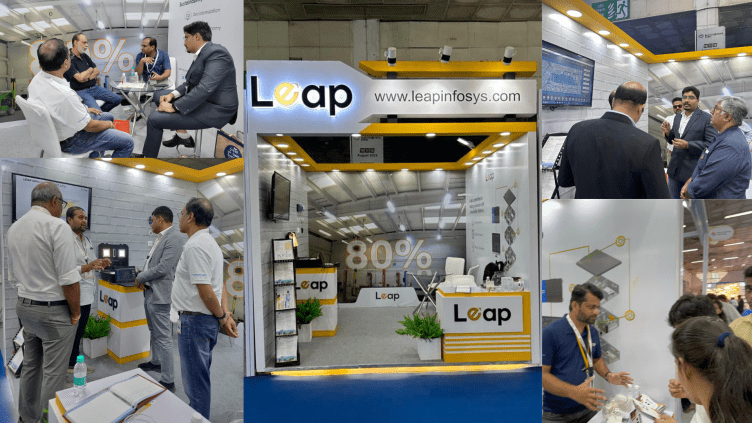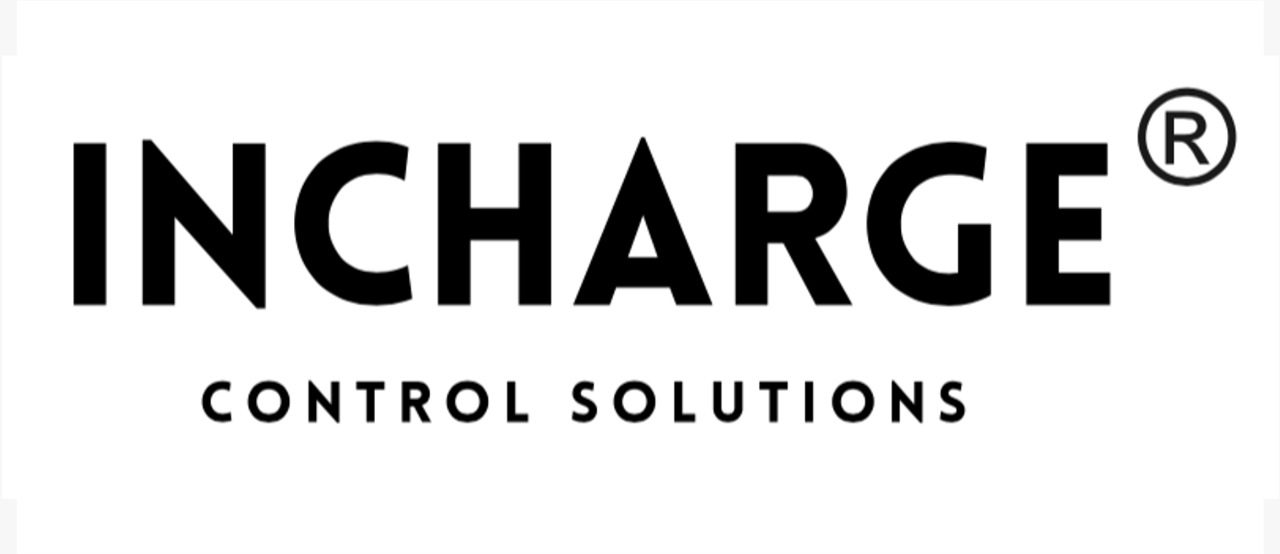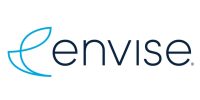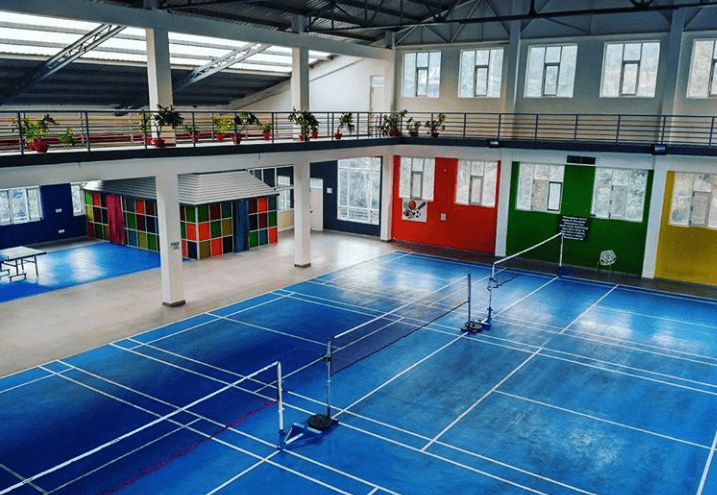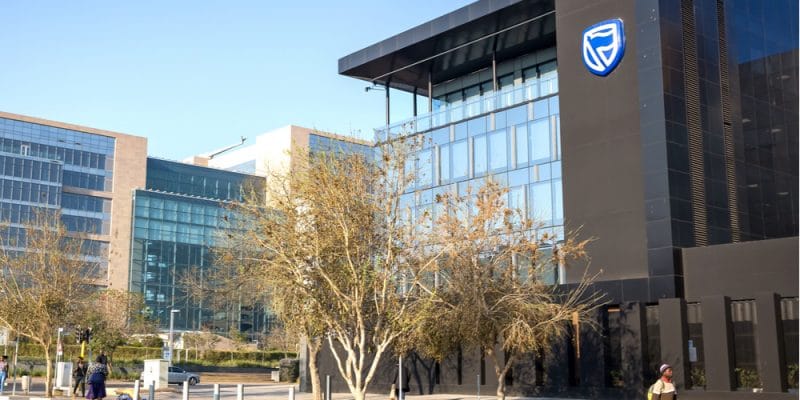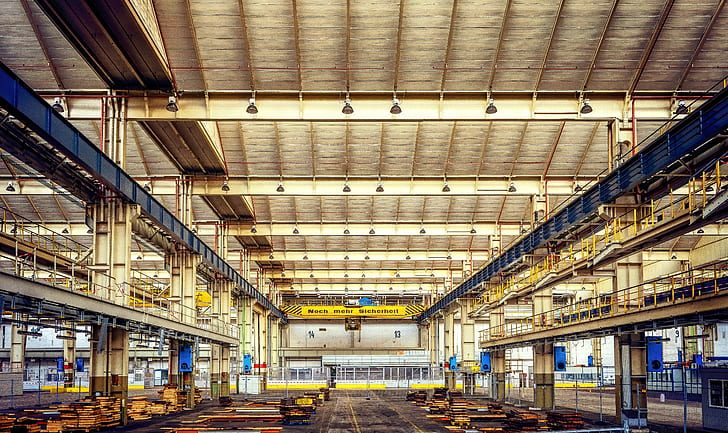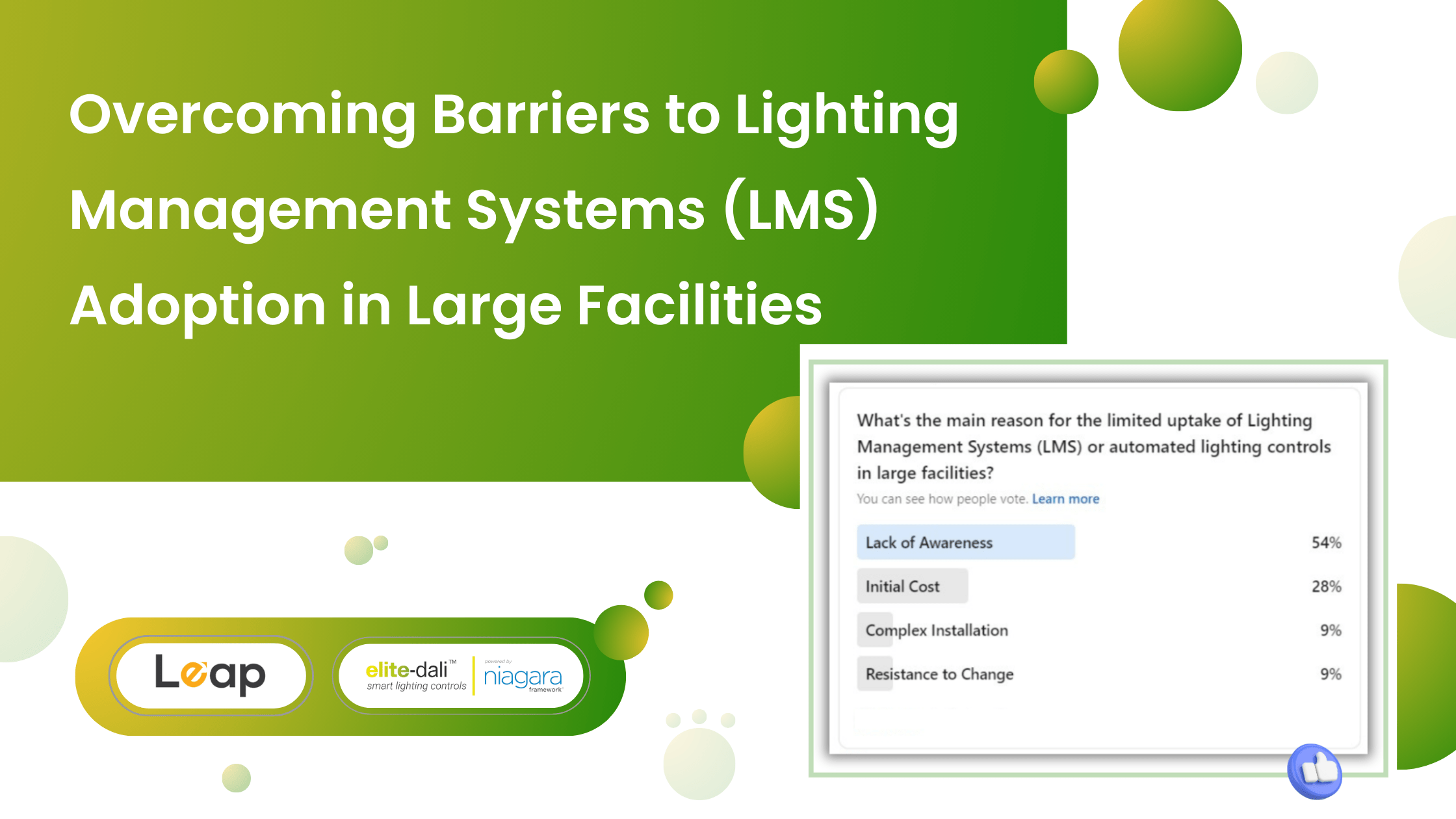
About Us
The Convergent Lighting and Building Automation Technology Company
Innovating market disruptive web-based IOT solutions for convergent lighting controls & building automation!
A company leveraging power of Internet of Things (IoT) in delivering specialized Lighting Controls, Integrated Building Management System, and Indigenous Home Automation solutions. We deliver truly Interoperable, Convergent and Vendor Neutral Solutions for Commercial Spaces and and Industrial Setups.
Open Standard and Scalable Lighting Controls Solutions;
- Dynamic Day Lighting Harvesting – Leverage available natural/ambient light to reduce dependence on artificial lighting.
- Connected Lighting Solutions – Native integration with other Building Management Systems resulting in Convergent solution.
- Human Centric Lighting – Enhance health and well-being of people by modulating color temperature and intensity by aligning with Circadian Rhythm and natural day light.
Integrated Building Management Solutions based on Open Standard framework covering length and breadth of open protocols as well as extension mechanism for proprietary protocols. Integration with third party software systems through various mechanisms such as APIs, DBMS, OPC, MQTT etc.
We are a certified Niagara Developer Partner, committed to develop and innovate convergent smart open interoperable standards based IoT products; that enable Niagara System Integrators, Niagara OEMs, Distributors and Niagara Development Partners to deliver class leading integrated lighting controls and automation infrastructure for their iBMS implementations.
Our Mission
“To be a leader in producing and promoting open and interoperable standards in delivering convergent technology solutions for Lighting Controls and Building Automation.”
Limitations of standalone lighting systems
Stand-alone systems severely limit scalability, and functionality. Critically locks clients into vendor dependent situations, wherein the client is solely reliant on specific manufacturer for additions or changes, replacement or for on-going maintenance.
A unified system reduces on-going costs, initial investments and hardware requirements.
Advantages of convergent lighting controls
Convergence offers innumerable benefits to every stakeholder, from end users, and facility managers to building owners. Convergent systems reduces initial investments for control systems, complexities, energy consumption, and maintenance staff.
A unified system provides real time data access, customisable environments and low down-time.
Real time data access for business transformation
A truly convergent system provides access to valuable data, down to the individual light fixture, which makes it more effective for business to manage indoor environments.
Get actionable insights into actual utilisation of space, opportunities for optimisation, energy conservation, enabling load shedding, improve health and wellness, and productivity
Our Origin & Story
Lighting controls and automation is not a new concept, it has been around for ages. But as industries are evolving, customer requirements are evolving, and technologies are evolving, it has led to the demand for more connected and integrated solutions.
The concept of lighting controls and automation was originally thought of as an independent system, however it lacked foresight wherein buildings of tomorrow would necessitate the integration of lighting systems with BMS systems like HVAC, etc. Most technologies built for lighting automation work in silos and only focused on lighting controls; customers’ requirements have evolved and there is a business demand for connected technologies and solutions.
This is the specific gap and need that elitedali addresses, an idea which originated at Control Networks Solutions in UK. A truly convergent and integrated system must be built on Open Standards and cannot be proprietary in nature. That’s the foundation on which elitedali was conceptualized and built.
-
We make lighting automation solution providers more efficient and smarter, by providing an easy to integrate, open standard framework to seamlessly integrate with, and to make building management systems more scalable, flexible, and unified.




